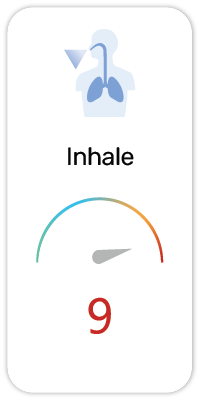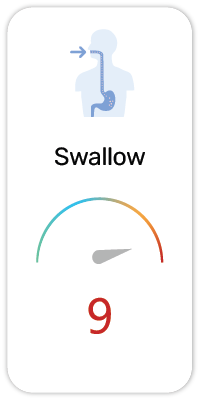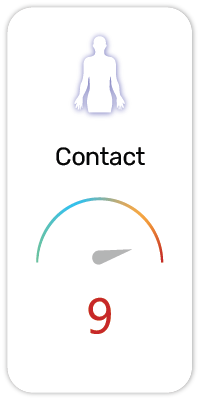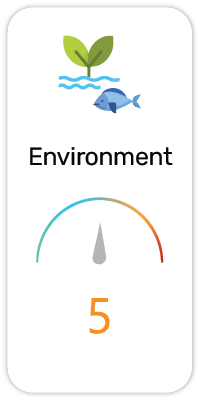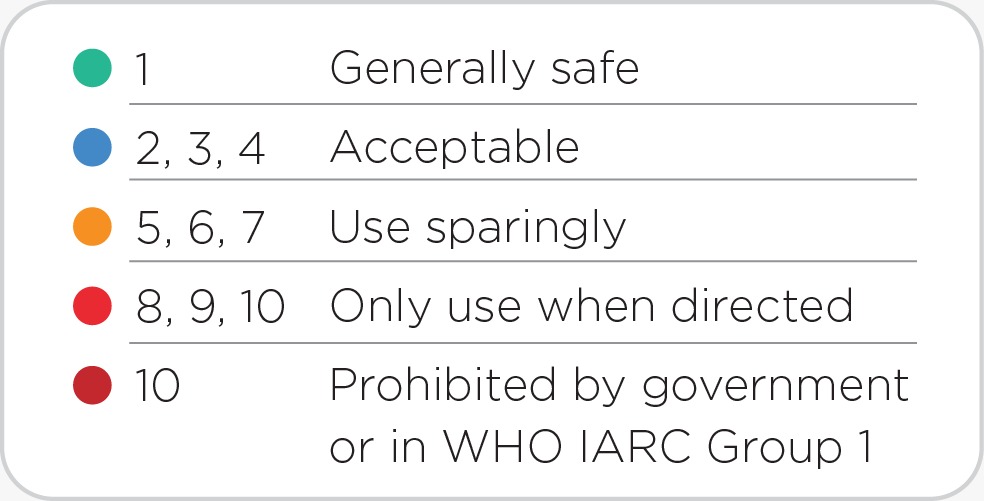Toluene(in 54 products)
Potential Risk Index®:
About:
Functions:
1. Contaminant / Impurity - Unintended/unwanted by-product
The major use of toluene is as a mixture added to gasoline to improve octane ratings. Toluene is also used to produce benzene and as a solvent in paints, coatings, synthetic fragrances, adhesives, inks, and cleaning agents. Toluene is also used in the production of polymers used to make nylon, plastic soda bottles, and polyurethanes and for pharmaceuticals, dyes, cosmetic nail products, and the synthesis of organic chemicals. [1]
EU CosIng Annex III Restriction Information:
Regulation:
(EC) No 344/2013
Annex/Ref#:
III/185
Product Type, body parts:
Nail products
Maximum concentration in ready for use preparation:
25%
Wording of conditions of use and warnings:
Keep out of reach of children. To be used by adults only
SCCS opinions:
1029/06 - Opinion on Toluene (its use as a solvent in nail cosmetics)
1170/08 - Opinion on Toluene (its use as a solvent in nail cosmetics)
Scientific References:
1. PubChem: https://pubchem.ncbi.nlm.nih.gov/compound/1140
Regulatory References:
1. South Korea - Ministry of Food and Drug Safety - Prohibited/Restricted Chemicals
- Ref: 1330
2. US California Proposition 65, Chemicals known to the State to Cause Developmental or Reproductive Toxicity in Males
- Toluene
3. EU CosIng Annex III, SUBSTANCES WITH RESTRICTIONS IN COSMETIC PRODUCTS [2018]
- Ref: III/185
4. US CARB Identified Toxic Air Contaminants
- Toluene
5. WHO International Agency for Research on Cancer (IARC) - Group 3 [2018]
- Toluene
6. Hong Kong Cap. 145 CONTROL OF CHEMICALS ORDINANCE ─ Schedule 3
- Toluene
Safety and Hazards (UN GHS):
1. May be fatal if swallowed and enters airways (H304)
2. Causes skin irritation (H315)
3. Harmful if inhaled (H332)
4. May cause respiratory irritation (H335)
5. May cause drowsiness or dizziness (H336)
6. May damage fertility or the unborn child (H360)
7. Suspected of damaging fertility or the unborn child (H361)
8. Suspected of damaging the unborn child (H361d)
9. May cause harm to breast-fed children (H362)
10. Causes damage to organs (H370)
11. Causes damage to organs through prolonged or repeated exposure (H372)
12. Causes damage to organs through prolonged or repeated exposure (H373)
13. Toxic to aquatic life (H401)
14. Harmful to aquatic life with long lasting effects (H412)
Potential Health Concerns For:
1. Akathisia, Drug-Induced (PubMed ID:19765629)
2. Ataxia (PubMed ID:19765629)
3. Cerebellar Diseases (PubMed ID:2550357)
4. Cerebral Palsy (PubMed ID:9294310)
5. Chromosome Aberrations (PubMed ID:16537716)
6. Cognition Disorders (PubMed ID:17420219)
7. Common Cold (PubMed ID:32728564)
8. Cough (PubMed ID:32728564)
9. Cranial Nerve Diseases (PubMed ID:12635524)
10. Craniofacial Abnormalities (PubMed ID:9294310)
11. Death (PubMed ID:28621308)
12. Extravasation of Diagnostic and Therapeutic Materials (PubMed ID:19014991)
13. Hearing Disorders (PubMed ID:20937727)
14. Hearing Loss (PubMed ID:1493228)
15. Hearing Loss, Noise-Induced (PubMed ID:17517824)
16. Hearing Loss, Sensorineural (PubMed ID:19635754)
17. Hyperalgesia (PubMed ID:28947236)
18. Hypothermia (PubMed ID:23067721)
19. Inflammation (PubMed ID:19904815)
20. Intellectual Disability (PubMed ID:9294310)
21. Learning Disorders (PubMed ID:20804784)
22. Leukoencephalopathies (PubMed ID:23390197)
23. Memory Disorders (PubMed ID:19765629)
24. Micronuclei, Chromosome-Defective (PubMed ID:20079720)
25. Motor Skills Disorders (PubMed ID:17420219)
26. Nausea (PubMed ID:16537716)
27. Neoplasms (PubMed ID:16537716)
28. Neuroectodermal Tumors, Primitive (PubMed ID:26505805)
29. Neurotoxicity Syndromes (PubMed ID:17420219)
30. Occupational Diseases (PubMed ID:23390197)
31. Pain (PubMed ID:28947236)
32. Poisoning (PubMed ID:22297198)
33. Prenatal Exposure Delayed Effects (PubMed ID:19571489)
34. Respiratory Tract Diseases (PubMed ID:32728564)
35. Seizures (PubMed ID:14644630)
36. Sleep Apnea, Obstructive (PubMed ID:28003437)
37. Stupor (PubMed ID:28013218)
38. Substance-Related Disorders (PubMed ID:17951610)
39. Vision Disorders (PubMed ID:17420219)
Potential Health Benefits For:
1. Anemia (PubMed ID:2143647)
2. Leukopenia (PubMed ID:2143647)
3. Lymphopenia (PubMed ID:2143647)
4. Testicular Diseases (PubMed ID:10048760)
User Comments:
Submit


